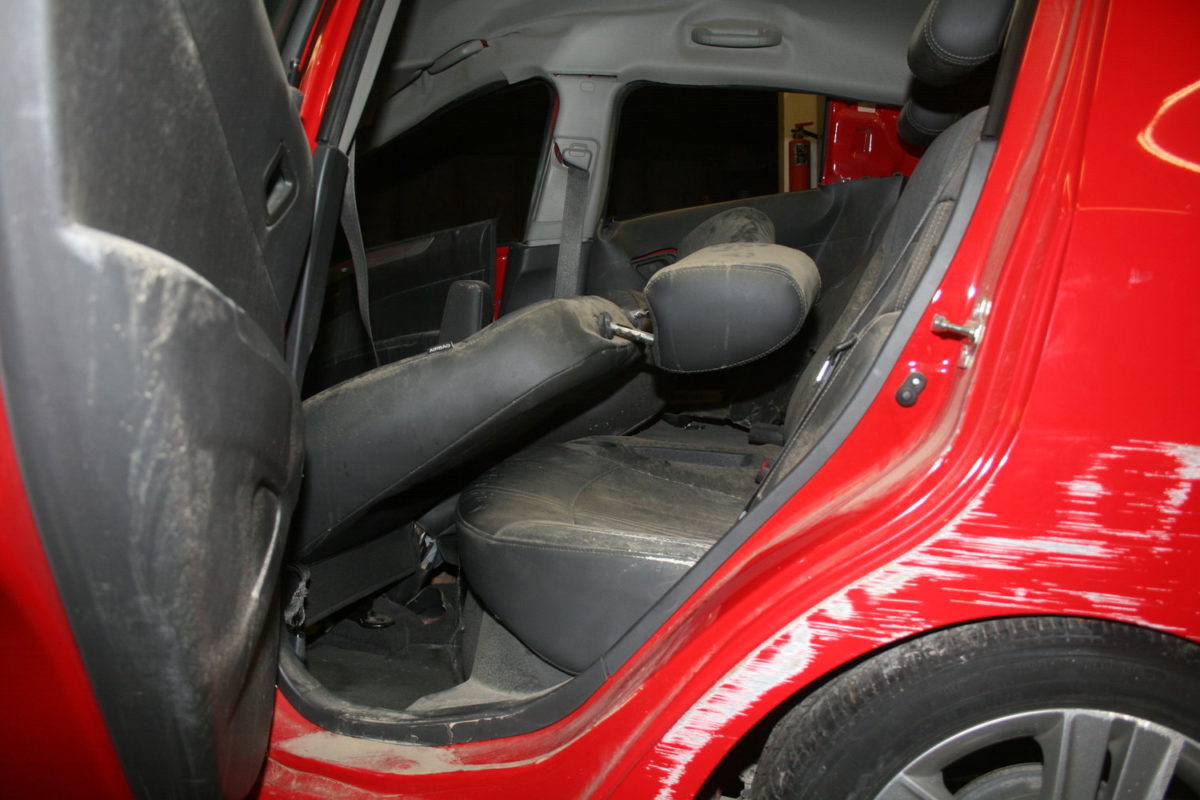
The front seat in your vehicle plays a vital safety role in rear-end crashes – the same as airbags and seatbelts in frontal impacts. When seatbacks are weak and defective, they can collapse and fail in rear-end crashes and cause catastrophic injuries to the seat occupant or rear passengers.
A seatback fails when it allows the occupant’s torso to move backward toward the rear seat. Seatbacks commonly fail because they are made of weak materials or because their recliner mechanisms bend and twist, even during low-speed impacts, allowing the seat to collapse backward.
In our practice, we typically see clients who have spinal or brain injuries because the setback failed and:
· Catapulted the front passenger to the rear; or
· Collapsed onto a rear passenger.
For decades, auto manufacturers have known about the dangers of defective seatbacks. The National Highway Traffic Safety Administration’s Federal Motor Vehicle Standard 207 provides the federal standard for seatback strength in rear-end crashes; however, these standards are grossly inadequate. Seatbacks that pass the federal standard can fail and collapse in crashes at residential speeds.
Independent testing has shown that lawn chairs sold at retail stores pass federal standards for automotive seatbacks. The crash test video below shows a beach chair passing federal safety standards for seatbacks.
Practice Tips
If your client suffered serious injuries in a rear-end crash, evaluate the case for a potential seatback failure. Signs of a seatback failure case:
· Clients with spinal injuries and/or a severe traumatic brain injury
· Collapsed front seat
· Seat in a reclined position after the crash.
If the seat is in an upright position after the crash, do not rule out the possibility of a seatback failure. The seatback position may have been moved after the crash. Talk to emergency responders and scene witnesses to confirm whether the seatback was repositioned upright after the crash.
If rear passengers – commonly children – suffered facial fractures, brain injuries or spinal injuries, then there is potential for a seatback failure case. In addition, front passengers typically suffer severe brain and spinal injuries in these types of cases.
Contact Langdon & Emison
When evaluating vehicle crash cases involving a severe injury, consider the possibility of a seatback failure claim. You can often conduct an initial review with an accident report and photographs, though additional follow-up will be required if there are signs of a potential seatback failure. If you have questions during your investigation, please contact Langdon & Emison at 866-931-2115 or langdonemison.com. We would be pleased to help evaluate your case, steer you toward the right experts or help in any way we can.

